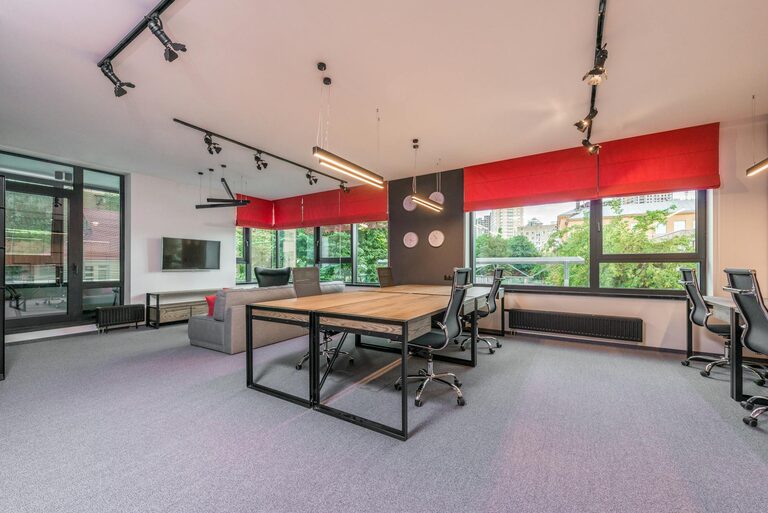
Setting up your desk for both focus and comfort can transform how you work, whether at home or in an office. A well-arranged workspace reduces distractions, prevents discomfort, and helps maintain energy levels throughout the day. In this post, you’ll find practical tips to create a desk setup that supports productivity while keeping you comfortable.
Why Focus and Comfort Matter at Your Desk
Before diving into tips, it’s important to understand why your desk setup impacts how you work. Discomfort can cause fatigue and pain, distracting you from tasks and lowering productivity. Similarly, a cluttered or poorly arranged space can make it hard to concentrate. A thoughtfully designed desk setup creates a supportive environment that encourages sustained focus and physical well-being.
Choosing the Right Desk and Chair
Desk Dimensions and Surface
The size of your desk matters. Choose a desk surface that is spacious enough for your essentials—computer, notebooks, and accessories—without overcrowding. Ideally, leave some free space for movement and writing.
Materials can also influence comfort and style. Smooth wood or laminate surfaces are easy to clean and provide a comfortable writing experience.
Ergonomic Chair Selection
Your chair plays a big role in comfort. Look for a chair with good lumbar support, adjustable height, and a comfortable seat. Proper support reduces strain on your back and helps you maintain good posture throughout your work session.
Optimizing Desk Layout for Focus
Position Your Monitor Correctly
Place your monitor directly in front of you about an arm’s length away. The top of the screen should be at or just below eye level. This setup prevents neck strain and keeps your line of sight natural.
Keep Frequently Used Items Within Reach
Arrange your desk so that items you use often—like your phone, notepad, or pens—are close by. This minimizes unnecessary reaching and keeps your focus on work instead of hunting for tools.
Declutter and Organize
A tidy space supports clear thinking. Use organizational tools like trays, pen holders, or drawers to keep clutter contained. Regularly clear off unneeded items from your desktop.
Enhancing Comfort with Accessories
Use a Keyboard and Mouse That Suit You
Comfortable input devices can prevent fatigue and repetitive strain injuries. An ergonomic keyboard and mouse designed to fit your hand size and typing style can make a big difference.
Add a Desk Lamp With Adjustable Brightness
Proper lighting reduces eye strain. An adjustable desk lamp lets you control brightness levels based on the time of day and your tasks.
Consider a Footrest
If your feet don’t comfortably touch the floor when sitting, a footrest can improve circulation and posture.
Incorporating Movement and Breaks Into Your Setup
Alternate Between Sitting and Standing
If possible, use a sit-stand desk or an adjustable desk converter. Changing positions throughout the day can increase comfort and reduce fatigue.
Plan for Short Breaks
Set up a timer or reminder to take short breaks every hour. Stand, stretch, or move around briefly to refresh your body and mind.
Personalizing Your Space for Motivation
Add Plants or Artwork
A small plant or an inspiring picture can make your desk inviting and boost your mood. Choose elements you enjoy but keep the space minimal to avoid distractions.
Keep a Water Bottle Handy
Staying hydrated supports focus and energy. A water bottle within reach encourages regular sipping.
Final Thoughts
Creating a desk setup that balances focus and comfort isn’t complicated, but it does require mindfulness. By choosing the right furniture, organizing your workspace thoughtfully, and incorporating comfort-enhancing accessories, you can build an environment that supports both productivity and well-being. Start making small adjustments today to enjoy a more focused, comfortable work routine.
